You would imagine that laying eggs for a hen would be a simple matter but that isn’t always the case.
When you have a small flock like we have you can see all their funny little habits. My two bigger girls don’t always seem to know when they are about to lay and will spend time in the nest box and then not lay until the following day or even several days later. I think of this as practising.
In the past they have made a huge fuss over finding their favourite egg laying spot already taken, but with only five girls at the moment, that hasn’t been an issue recently.
When they first started laying this year the chicken shed was the favourite spot but they have now moved on to choosing the nest boxes. I never know why they suddenly change their habit.
The day before yesterday Speckles suddenly decided that the large shelter might be a good place to lay. I have no idea why she would choose this spot. When Speckles is thinking about laying an egg Emerald is always with her standing guard. She cannot resist keeping watch while Speckles sits.
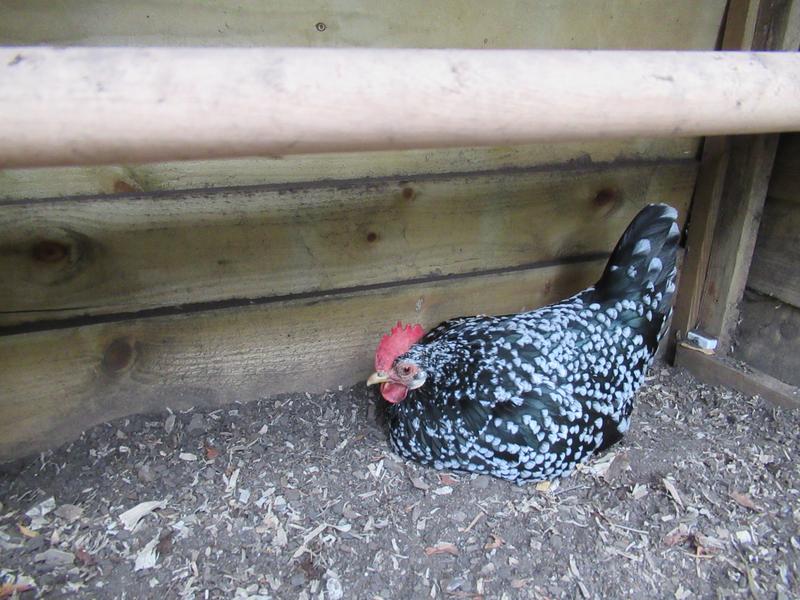
Speckles settles in the large shelter
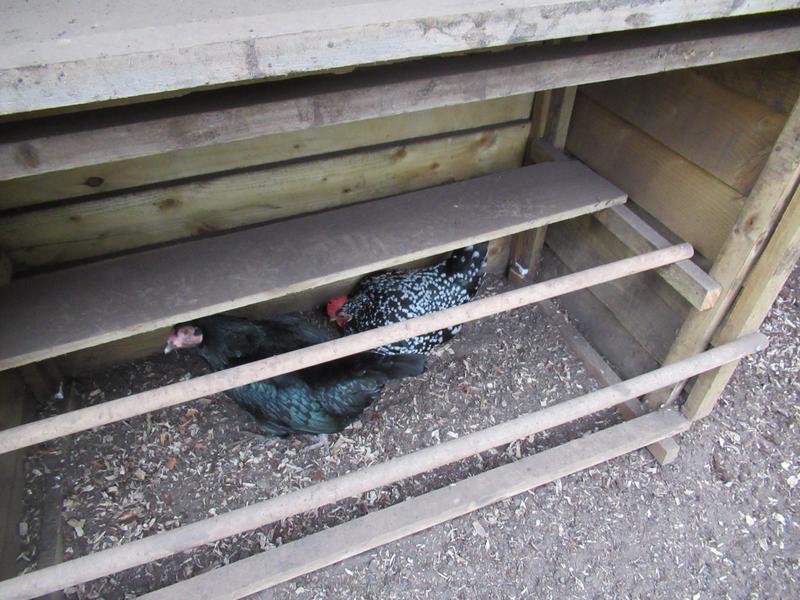
The large shelter
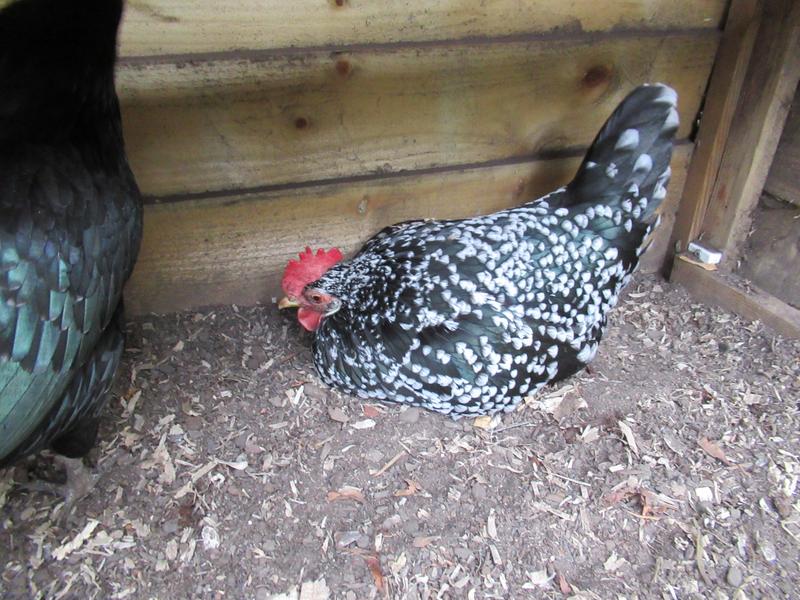
Emerald watches over Speckles
When I returned a little later Speckles had sensibly abandoned the shelter for the nest box.
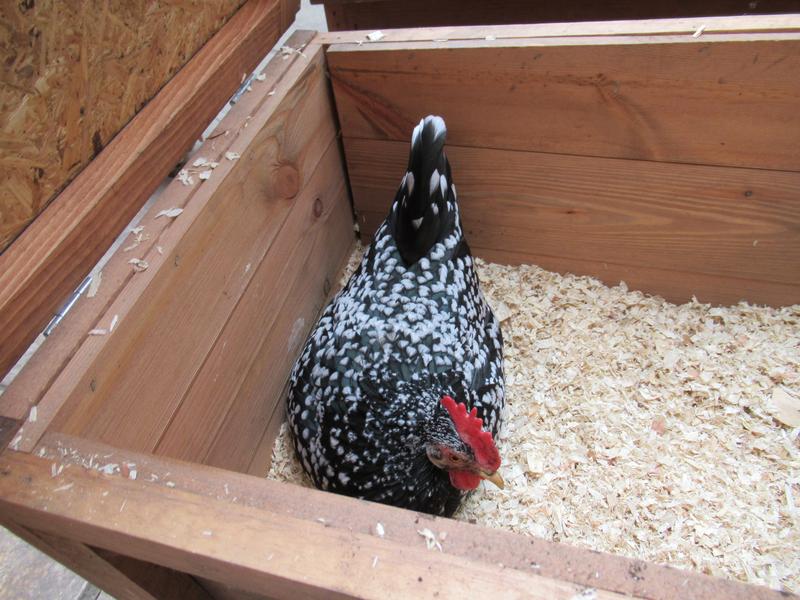
Speckles decides that the nest box is more suitable after all
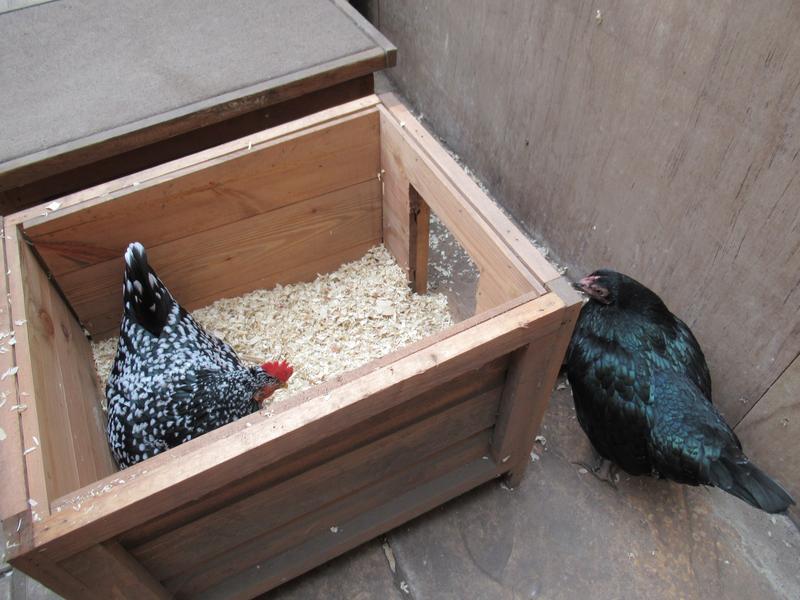
Emerald watches over her once more
Once again Emerald stood on watch but it turned out to be another of those false alarms and Speckles left the nest box without laying an egg.
Emerald later went into the nest box and did lay her egg.
Yesterday when I checked both Speckles and Emerald were in the nest box together and both girls had some pine shavings on their back. I knew that it was very unlikely that Emerald would need to lay as she had laid the day before and never lays more than every other day at best. It seems that she just likes to keep Speckles company.
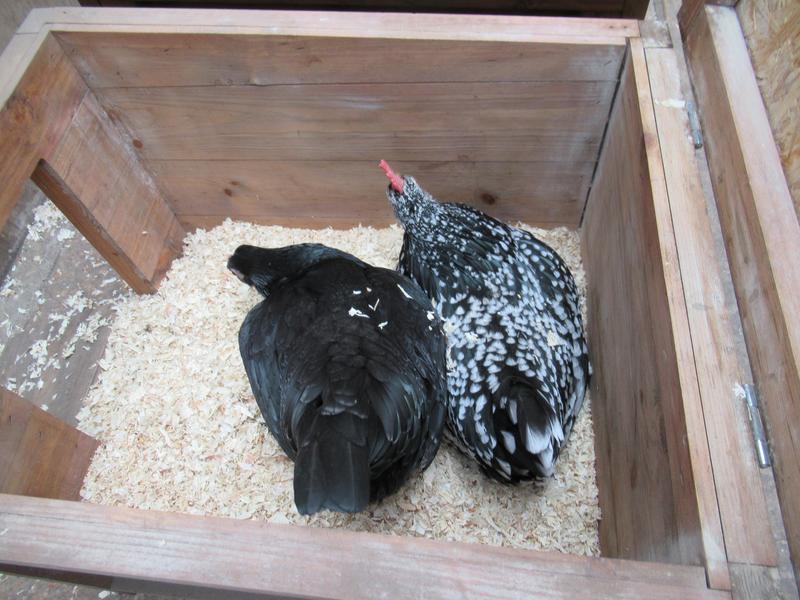
Emerald and Speckles are side by side in the nest box
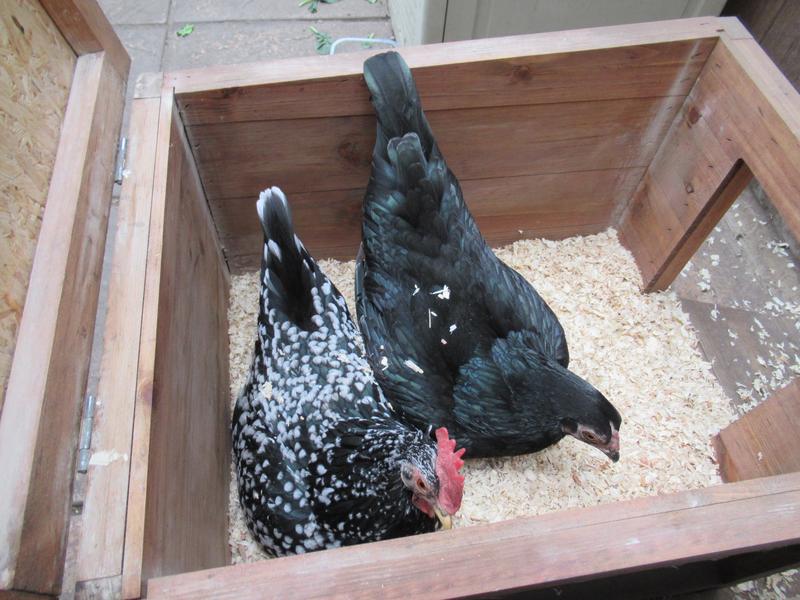
They both have pine shavings on their backs
A little later I checked again just as Speckles laid her egg and then both girls left the nest box together. Talk about a close pair of girls!
Yesterday Cinnamon also laid her first egg after her broody break. She had taken ten days break which was exactly the same as Freckles. This means all five girls are now laying with the little girls usually laying every other day, Emerald laying an average of three eggs a week and Speckles laying only once a week.
I am very pleased that Dandelion is now laying good shelled eggs every other day. Her eggs are tiny though and she also has some confusion about when she is about to lay. She sits in the nest box without laying sometimes and she sometimes lays an egg then returns to the nest box as if she doesn’t realise that she has laid.
The day before yesterday we had some welcome sun and Dandelion loves to sit in the sun. I checked on the girls to find Dandelion having a lovely dust bath in the sun and there was her tiny egg in the dirt about a foot away from her. It seems that she hadn’t even noticed she had laid it.
It does make me smile how these girls have such funny ways over their egg laying. It is lovely to have enough eggs not to need to buy any at the moment and it is great to have all five girls laying again.





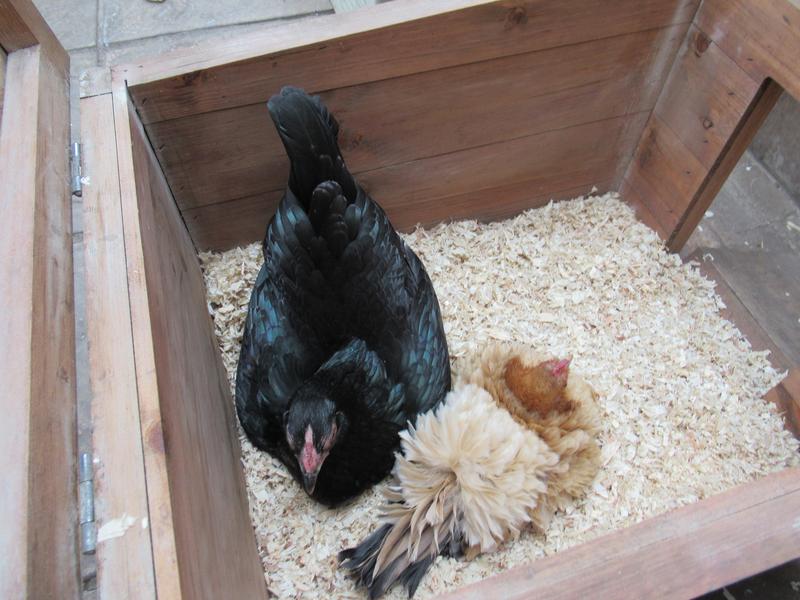
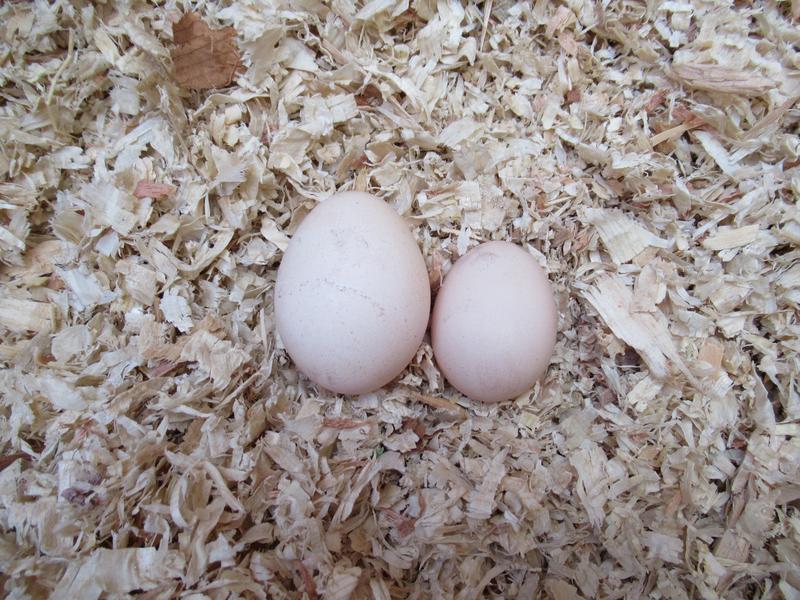
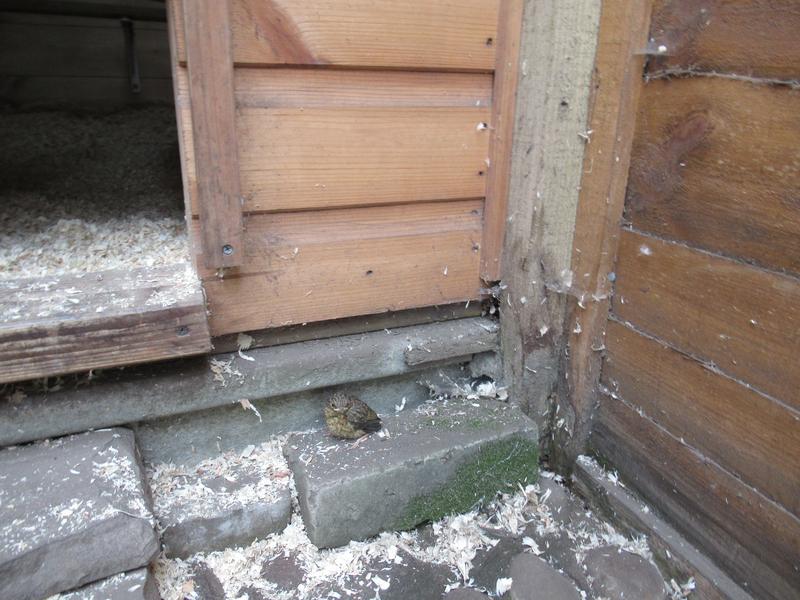
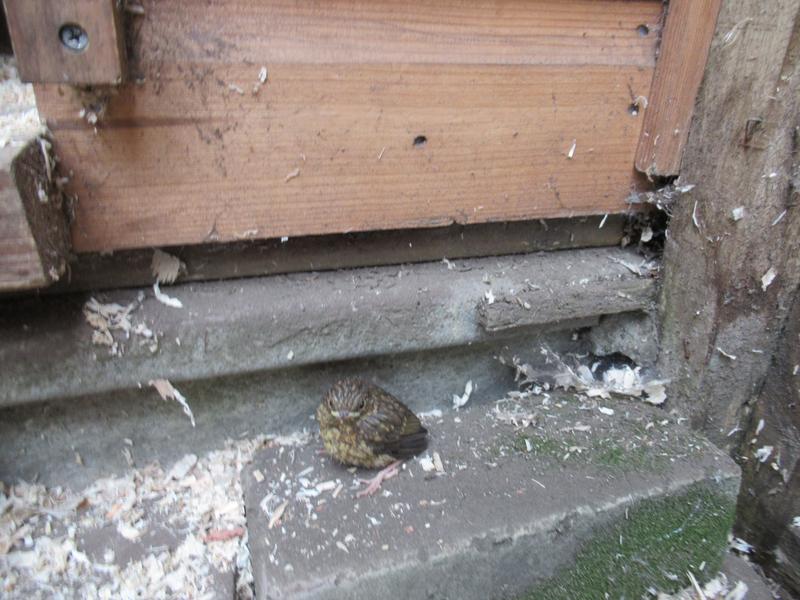

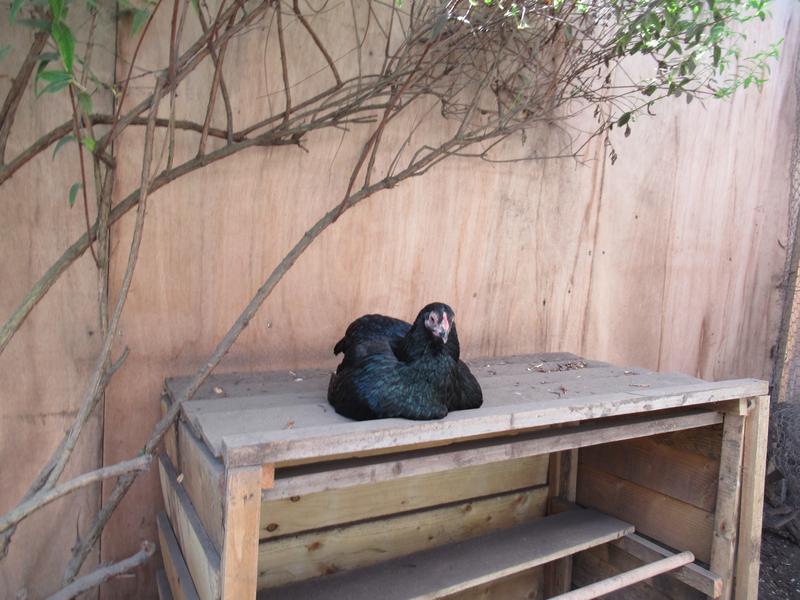
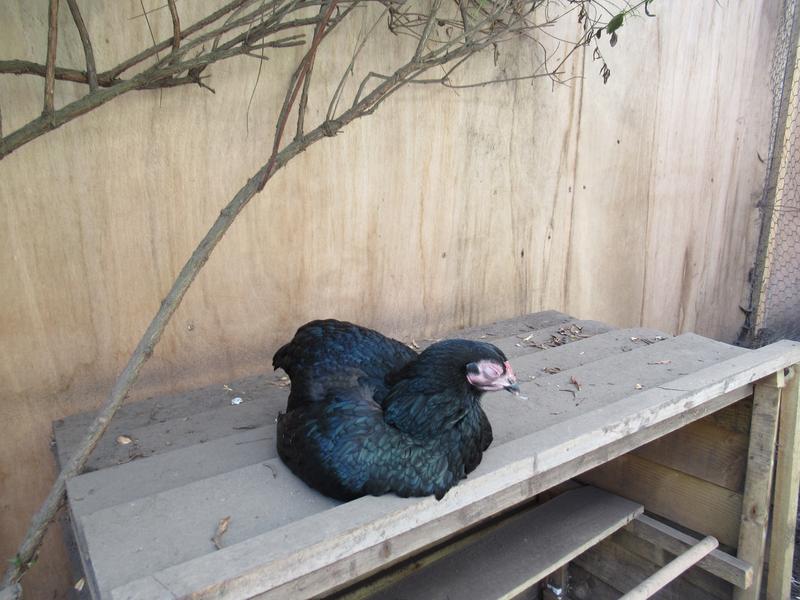
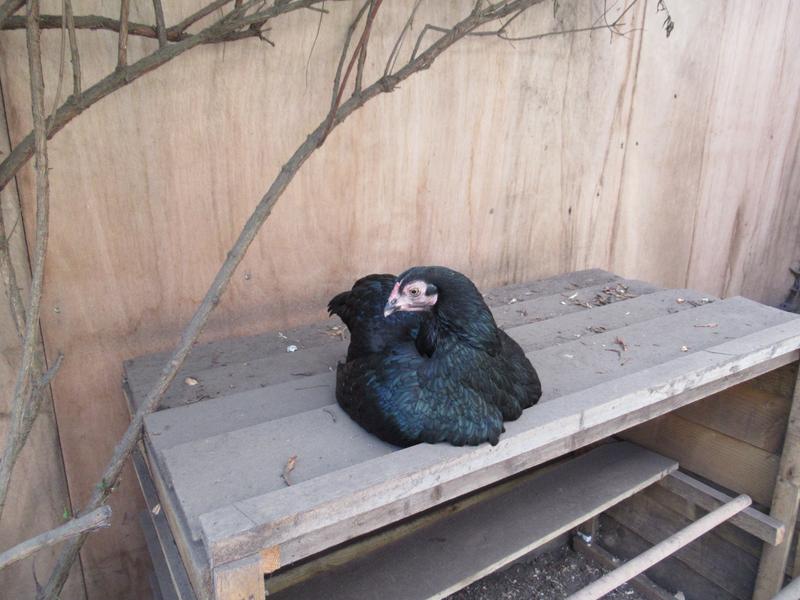
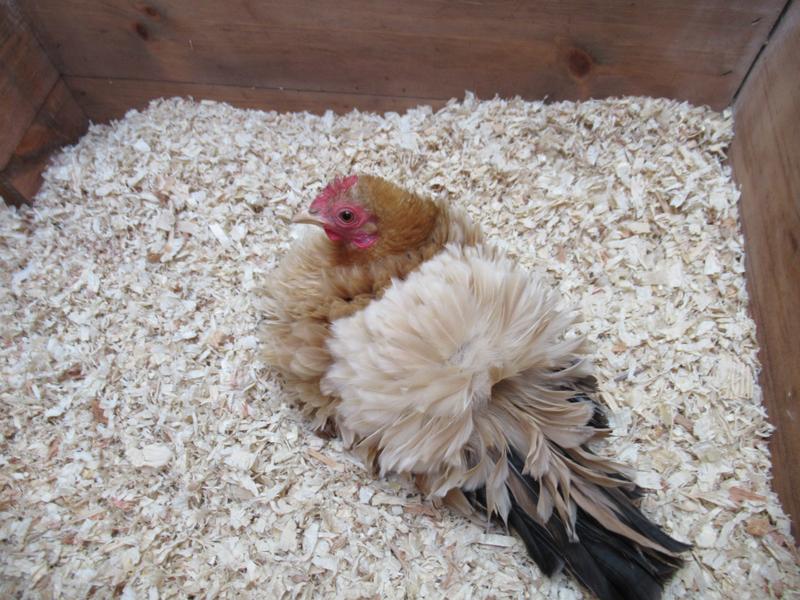
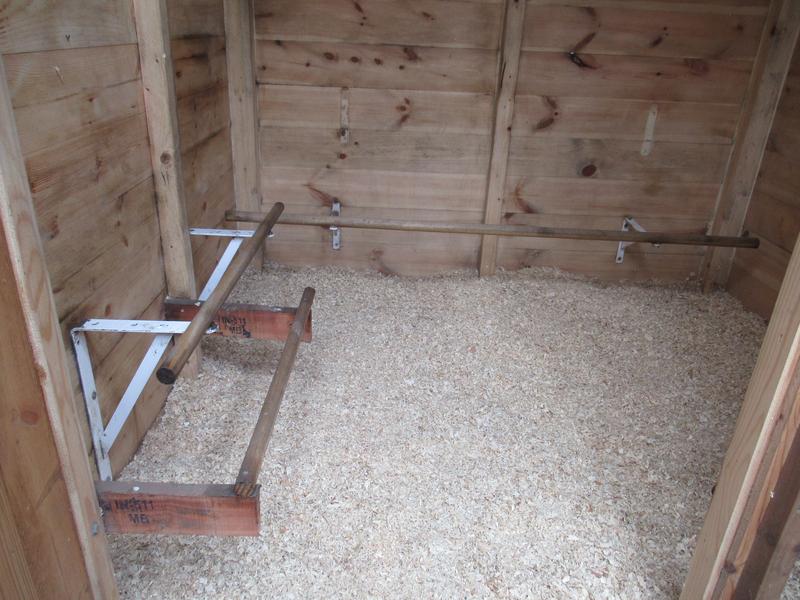
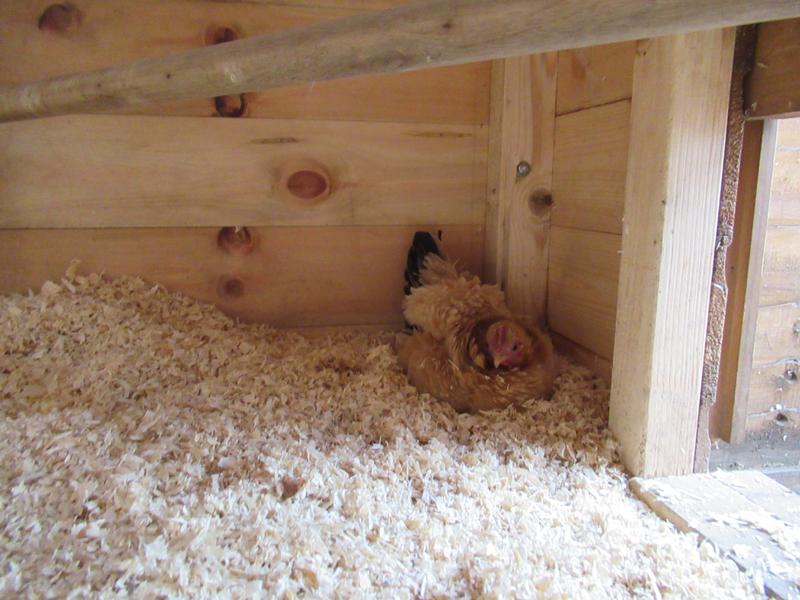
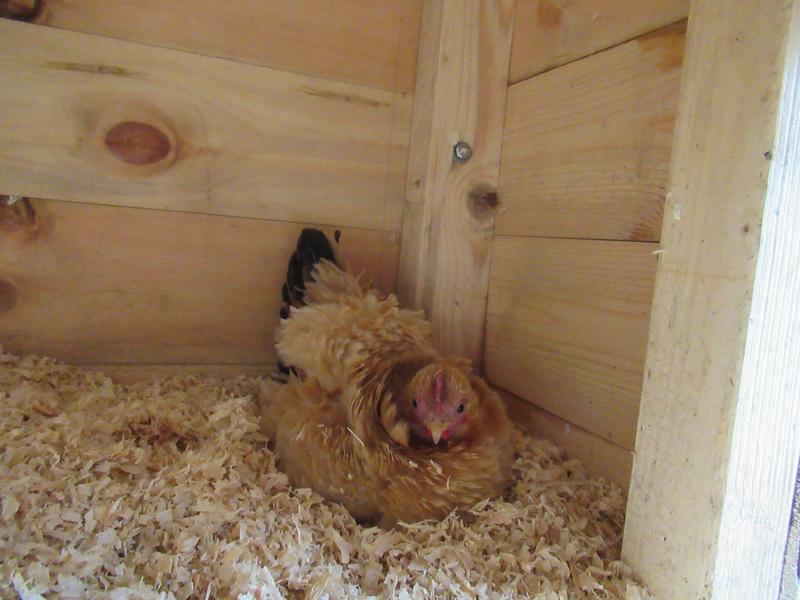









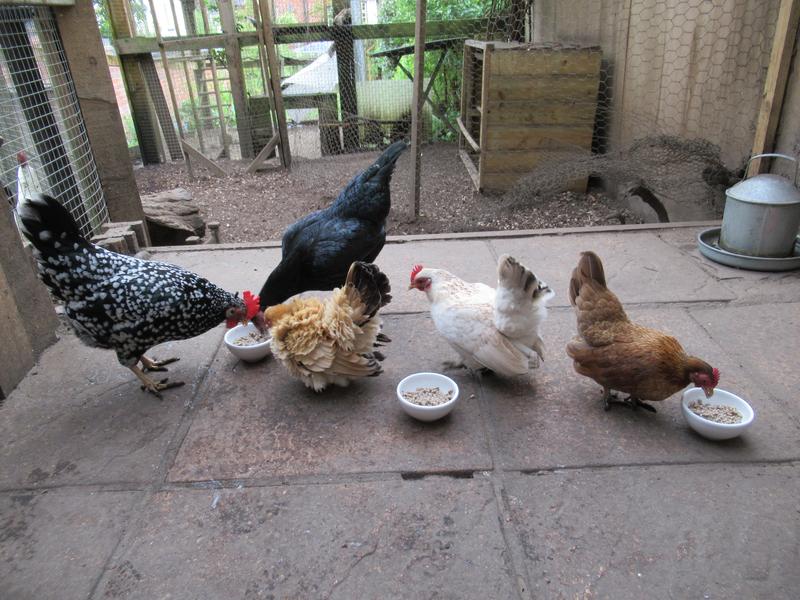
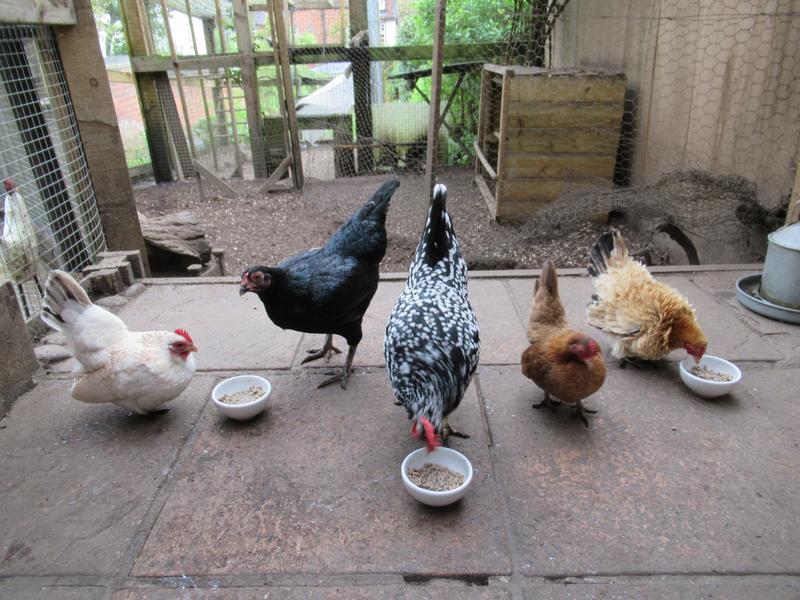
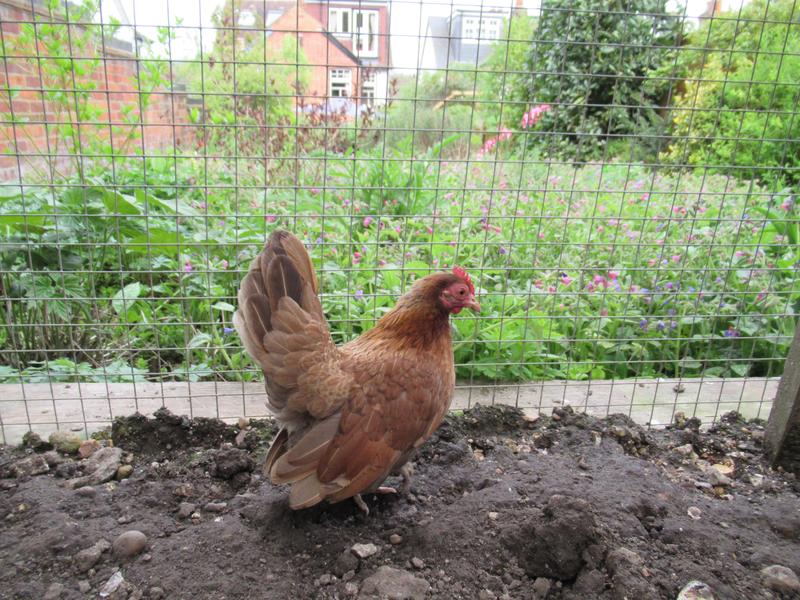
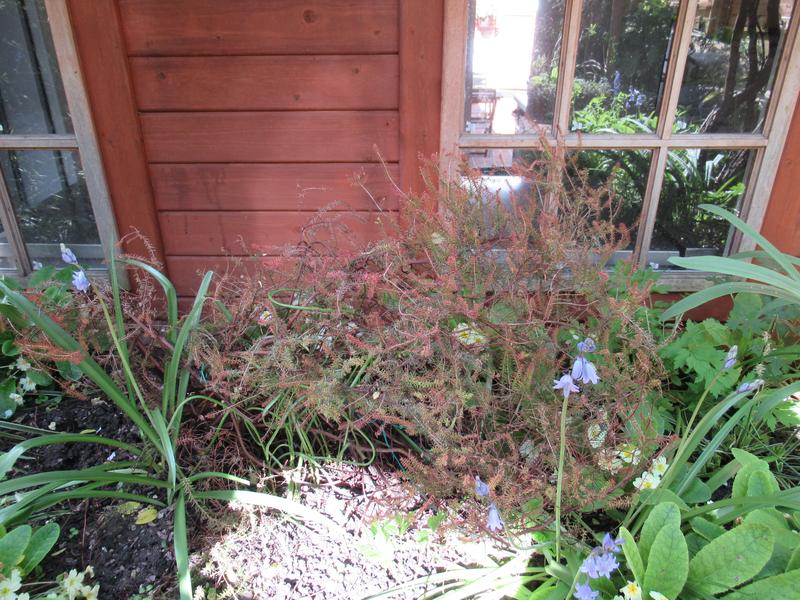

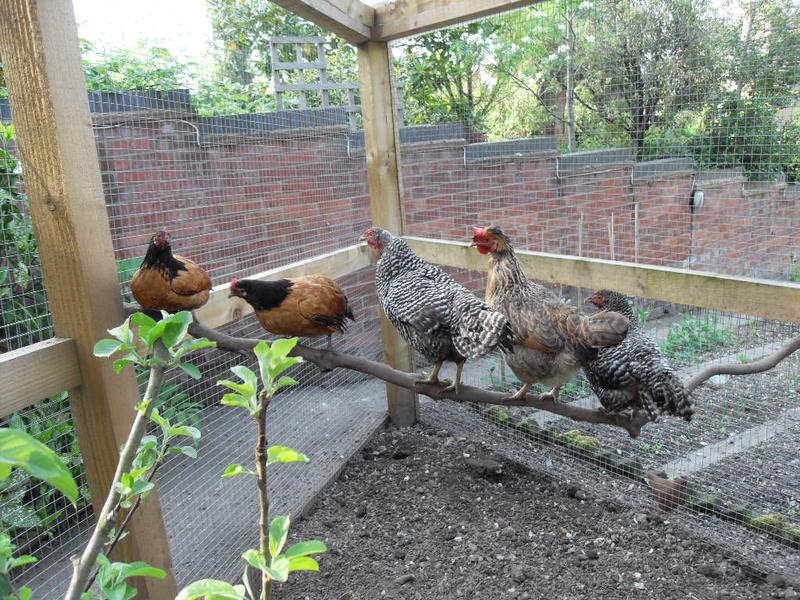 Click here to see the history of my flock.
Click here to see the history of my flock.